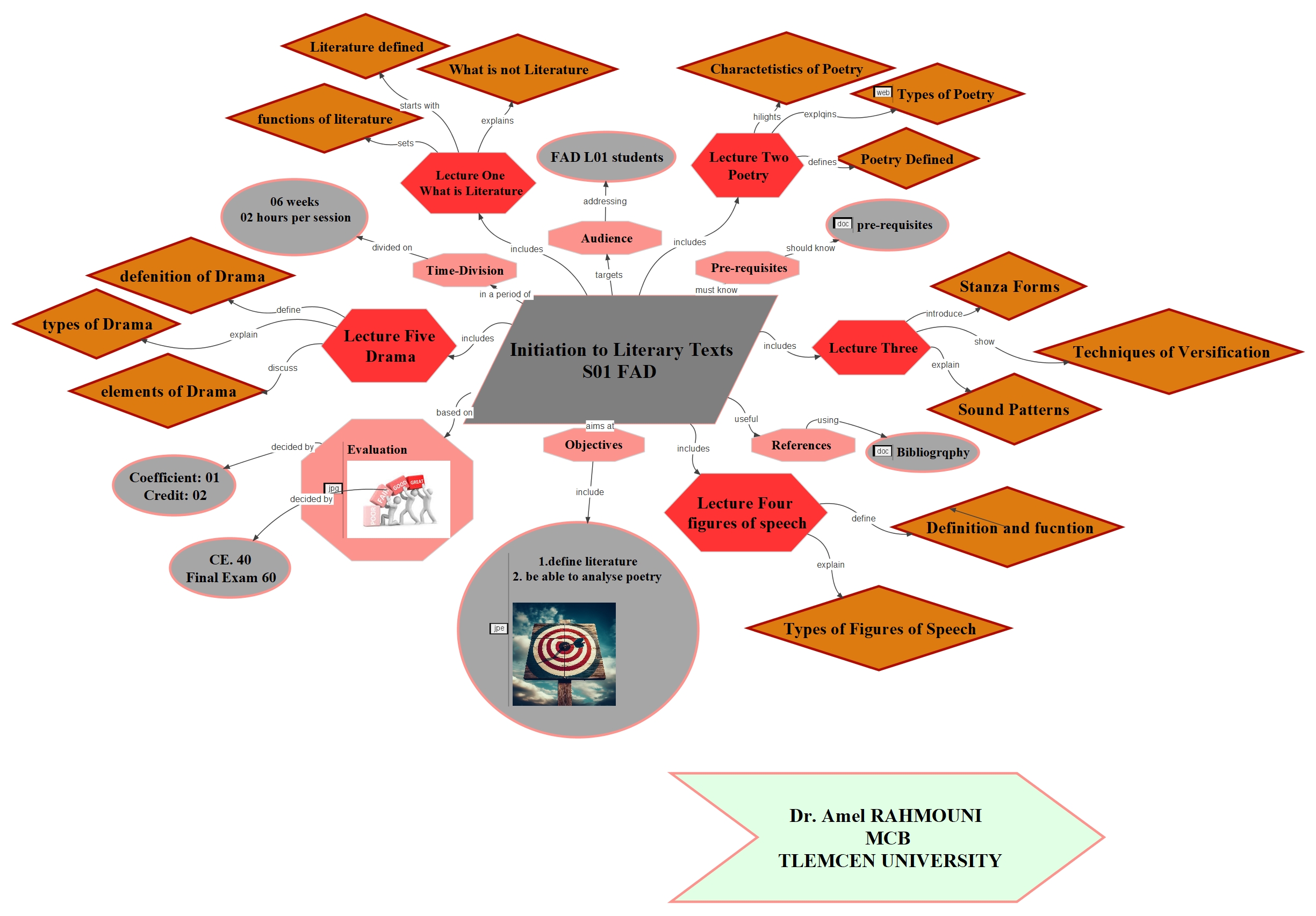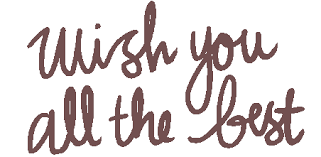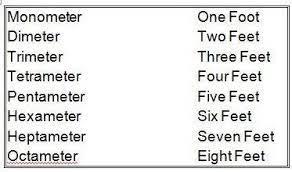Study of Literary Texts
Aperçu des sections
-
-
Welcome to our students in online lectures of English (FAD)
Please join us on Wednesday, October 18th, 2023 for the Welcoming session organized by the department of English. Click the link below to join the meeting! All the details concerning the Online Licence FAD will be explained in this session.
F.A.D Welcome Day
Google Meet
Meeting link : https://meet.google.com/gcf-fjci-bbw
-
-
-
Please, open the document in order to check the planning of lectures during the first semester (2023-2024)
-
-
LECTURER:

Dr. Amel RAHMOUNI
RANK : MCB
EMAIL: amel.rahmouni@univ-tlemcen.dz
Alternative email: amelrahmouni89@gmail.com
YOU CAN MEET YOUR TEACHER: Students might contact the teacher through Microsoft teams, moodle platform chats, email, or at university if necessary.
Your teacher is available On Sundays from 13:00 to 14:30 and Mondays from 10:00 to 11:30. Location: teachers' room- English Department.
WHAT YOU NEED TO KNOW ABOUT THE MODULE
TITLE: Initiation to Literary Texts.
UNIT: Fundamental
COEFFICIENT: 01
CREDIT: 02
EVALUATION: CC (Continuous Evaluation) 40% and Final Exam 60%
TEACHING METHOD: Hybrid
ONLINE MEETING: Wednesday 16:00 to 18:00 pm Via Teams (6 weeks per semester)
COURSE DESCRIPTION: This course serves as a window that links first year LMD studenrs of English to the world of English literature. At its core, it seeks to introduce students to the basic forms of literature, types of literary productions, methods of analysing poetry, drama, and prose. Additionally, this course guides students towards building and enhancing their critical thinking through the analysis of different contexts and the manner in which literature stands as reflection of life and the authors' perception of their societies and sociopolitical circumstances.
COURSE POLICIES:

In order to assure the success of this course, the following policies should be respected:
- -Participation and students’ involvement are crucial to the success of the course. All students are expected to have read the assigned materials before online classes in order to fully engage in the discussions. Students are also encouraged to post their comments and questions on their groups through the platform of Microsoft Teams.
- Make_up exams: are not allowed unless the student justifies any absence lawfully (medical certificate, work certificate....)
-Plagiarism is a serious academic offense that will result in your failure in class. Thus, students are required to deal with each assigned work as an individual task that needs to be solved and treated individually.
COURSE PROGRAM/CONTENT- Semester 01

- what is literature?
Literary Genres : Potery, Prose narrative (fiction and non-fiction) and Drama
Method of Poem Analysis
- Figures of Speech or Literary Devices
Drama
Prose
- Old English Literature (Beowulf as an example)
- Middle English Literature (The Canterbury Tales)
- Elizabethan Era (Context, Literature, Shakespeare's The Merchant of Venice)
- The Rise of the English Novel (Context, Elements of the novel)

USEFUL SOURCES AND REFERENCES
- Beard, Adrian. Texts and Contexts : Introducing literature and language studies, London & New York: Routledge, 2001.
- Cuddon, J. A. The Penguin Dictionary of Literary Terms and Literary Theory, London: Penguin, 1999.
- Hawthorne, Jeremy. Studying the Novel, London: Bloomsbury Academic, 2010.
- McMahan, Elizabeth. Literature and the Writing Practice, New Jersey: Prentice Hall, 2002.

-
This space allows you as students to be in touch with your teacher. You may ask questions, comment on the content of the lecture, ask for further explanation, or anything else related to the module.
-
This Simple test is designed so to test your basic knowledge about literature before delving into the depth of the module and the different details concerning literature, its fucntion,types, and characteristics.
-
-
Within this folder, you will find the lecture in form of word doc and powerpoint presentation
-
-
DEFENITION
Prosody, or the systematic study of speech rhythms and versification, is also known as the study of the rhythmic aspects of language. Most poetry relies on rhythmic elements such as the alteration of stress and non-stress syllables, vowel length, consonant clusters, and pauses. Different rhythmical patterns in poetry have varying effects on readers or listeners. Versification, on the other hand, refers to the skill of creating verses or crafting poetry. It is an artistic practice that encompasses rhythm, rhyme, and meter (Abrams, 1999, p. 247).
3.3.1. Rhyme (Rime)
Rhyme is the recurrence of similar sounds in different words across different lines or within the same line of a poem. Poets deliberately use identical sounds in words to facilitate the memorization of poetry and enhance its aesthetic quality. Rhyme is typically characterized by the repetition of similar alphabetical letters (abcdef).
English poetry encompasses various types of rhymes, two of which are explained below, accompanied by examples from poems:- End rhyme: most used rhyme in English poetry. It is the repetition of the sound at the end of several lines e.g. William Blake, A Poison Tree
I told my wrath, my wrath did end.- Internal rhyme: it is the repetition of the same sound within the same verse e.g. (Alfred, Lord Tennyson, Blow, Bugle, Blow
And snowy summits old in story:
The long light shakes across the lakes
And the wild cataract leaps in glory.- Feminine Rhyme: also known as double rhyme or disyllabic rhyme occurs when the rhyming sounds involve two or more syllables. In feminine rhyme, the stressed syllable is followed by one or more unstressed syllables that rhyme. This type of rhyme is often associated with a softer and more melodic quality in poetry. An example of feminine rhyme can be seen in the following lines:
- Masculine Rhyme: also known as single rhyme or monosyllabic rhyme occurs when the rhyming sounds involve only one syllable. In masculine rhyme, the rhyming words end with the same stressed syllable. This type of rhyme is often perceived as more strong and direct in its effect. Here's an example of masculine rhyme:
- Half Rhyme: Half rhyme, also known as slant rhyme, imperfect rhyme, or near rhyme, is a type of rhyme where the sounds of the rhyming words are similar but not identical. The similarity can be in terms of consonant sounds, vowel - sounds, or both. Half rhyme is used to create a subtle or unusual effect in poetry. Here's an example of half rhyme:
3.3.2. Rhythm:
Rhythm in poetry is the musical quality created by the repetition of syllables leading up to stressed beats throughout the poem. This repetition establishes a distinct beat within each line of poetry, capturing the listener's or reader's attention.
3.3.3. Scansion
Scansion involves examining the mechanical elements present in a poem to determine its meter. It serves as a visual method for marking and understanding the patterns of meter and rhythm within a poem. In scansion, feet, which are units of stressed and unstressed syllables, are identified using slashes (/), and the stressed syllables are appropriately accented. This prosodic technique utilizes specific symbols to indicate the stressed and unstressed syllables in a poem.
__ = a stressed (or strong, or loud) syllable
U = an unstressed (or weak, or quiet) syllable
Emily Dickinson’s poem Because I Could Not Stop for Death is scanned here:
Be-cause / I could / not stop / for Death
U __ / u __ / u __ / u __
He kind- / ly stopped / for me
U __ / u __ / u __
The Car- / riage held / but just / our-selves
U __ / u __ / u __ / u __
And Im- / mor-tal- / i-ty.
U __ / u __ / u _
3.3.4. Metre (meter):
Metre refers to the structured arrangement of syllables, both stressed and unstressed, within poetic verse. Each meter is made up of multiple feet, and each foot consists of a combination of a stressed syllable with one or more unstressed syllables. A foot, or a rhythmical unit, is the distinct grouping of stressed and unstressed syllables. The presence of multiple feet within a single line of poetry determines its meter. Therefore, meter is measured in terms of the number of feet it contains.
There are eight metres in English poetry named in Greek numbers:
The connection between the foot and meter is often referred to as a metrical foot. It serves as a fundamental rhythmic framework within a poetic verse. Therefore, meter showcases the rhythmic pattern of strong and weak syllables in poetry.
3.4. 4 Patterns of Poetic Feet (metrical feet)
Fussell (1967, p. 26) has identified numerous types of metrical feet, but the ones most frequently employed in English poetry are:
- Iambic: a combination of two syllables, while the first is unstressed, the next is stressed, often symbolized as / U__ /, as in Shakespeare’s poetry: If af/ter eve/ry tem/pest come/ such calm
- Trochaic: the trochaic is the opposite of the Iambic; i.e., it is a
combination of one stressed syllable followed by one unstressed syllable
/ __ U / E.g. in Edgar Allan Poe’s poem The Raven:
- Anapest: consists of three syllables, the two first syllables are unstressed while the third one is stressed, referred to as / U __ __ /
- Dactyl: consists of three syllables, the first of which is stressed, while
the two following syllables are unstressed, referred to as / __ U U / as in
‘’happily’’.
Sound patterns are literary devices predominantly employed in poetry, although they can also be found in prose, with the purpose of highlighting sounds and producing musical effects. By utilizing these devices, writers bring vitality, emotional impact, and a pleasing quality to their texts. Moreover, these devices create distinct and powerful effects in their writings, aiding readers in comprehending the literary work on a deeper level. They are commonly referred to as the repetition of the same sound, be it a vowel or consonant, within a single line of verse. While there exist various types of sound patterns, the most frequently utilized ones are mentioned here (Lethbridge & Mildorf, pp. 163-164).
A. Assonance: it is the repetition of two or more vowel sounds within the same poetic verse.
E.g. Pope, Imitations of Horace, Ep. II.i: With Gun, Drum, Trumpet, Blunderbuss and Thunder
B. Consonance: it is the repetition of two or more consonant sounds within the same line.
Gerard Manley Hopkins, “God’s Grandeur”:
And all is seared with trade; bleared smeared with toil;
John Donne, “The Sun Rising”: Love, all alike, no season knows, nor clime,
C. Alliteration: the repetition of one or more stressed sounds, usually the first consonants, in words within a line.- Eliot, Book of Practical Cats: Was Firefrorefiddle, the Fiend of the Fell.
- Alfred, Lord Tennyson, “The Eagle”: He clasps the crag with crooked hands
-
-
-
The language used in a literary text is sometimes direct, straightforward, and simple. However, other times it is indirect, symbolic, and complex containing images and figures. Figures of speech give beauty and grant the words, meanings which deviate from their literal one and that are called the figurative meanings or the implied meanings (hidden). This type of style intensifies the meaning and pushed the reader to reflect upon the point that the writer wishes to reach. It is also named “the ornaments of language”. Figurative language is used in all types of literature and mainly in poetry.
-
-
-

PROSE
Prose is a form of literary writing that is characterized by its simplicity. Unlike poetry or drama, it does not adhere to a specific formal structure. Prose writers convey their ideas and messages without necessarily focusing on beauty or ornate language. They rely on a narrative style and incorporate dialogue or conversation when appropriate. Prose can encompass stories of various lengths, ranging from short stories to full-length novels. The language used in prose is typically everyday language, employing complete grammatical structures and a straightforward style. Prose stories can be either imaginative, involving fictional elements, or can be based on real facts, events, and characters.
Within the following paragraphs, you will find prose defined and its different characteristics explained
-
If anything is still blurred, never hesitate to contact me in the bellow attached discussion forum. First, I should say that by making it this far into the course INITIATION TO LITERARY TEXTS, you have covered all S01 lectures. Before moving to the next step, which is concerned with testing your understnading of all what we have seen in class. And after looking at your answers to the assinged homework, I would provide you with a sample answer to some typical questions, along with a document that shows you in detail how to analyse a given poem.
First, I should say that by making it this far into the course INITIATION TO LITERARY TEXTS, you have covered all S01 lectures. Before moving to the next step, which is concerned with testing your understnading of all what we have seen in class. And after looking at your answers to the assinged homework, I would provide you with a sample answer to some typical questions, along with a document that shows you in detail how to analyse a given poem. -
